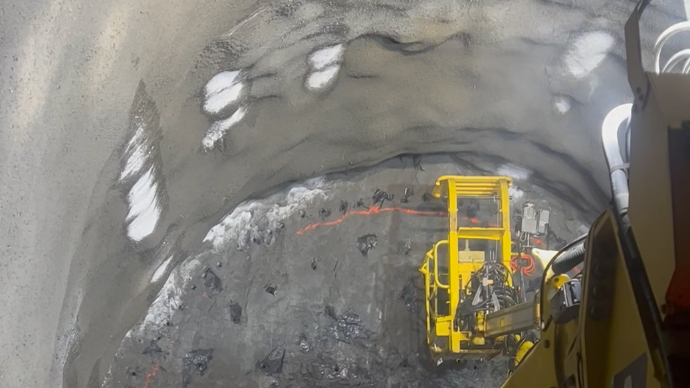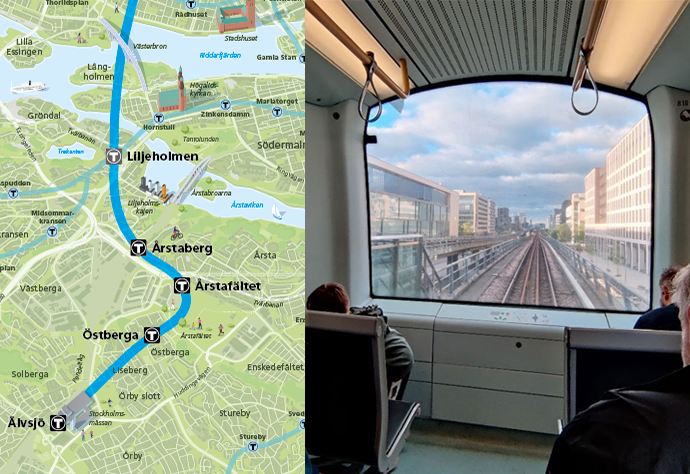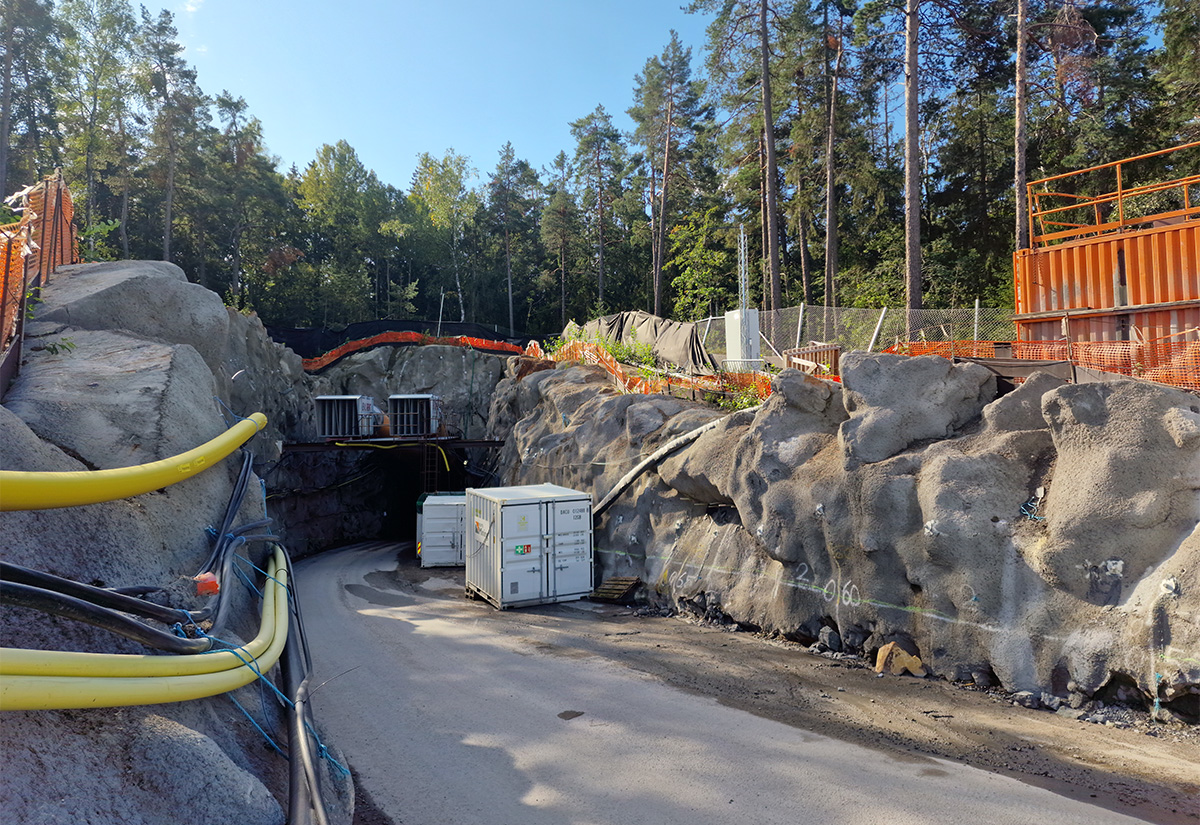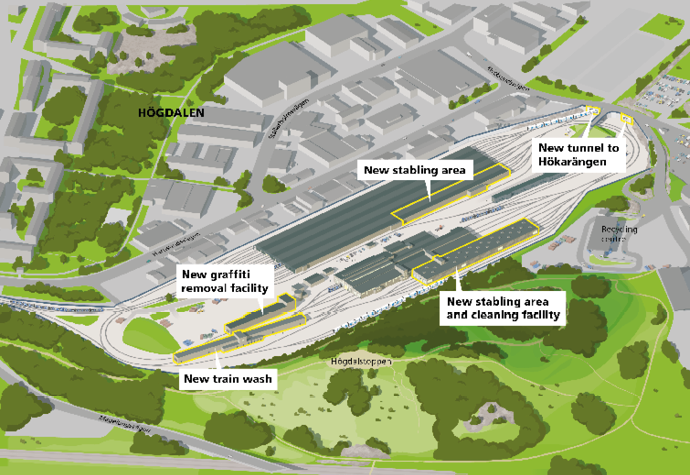Cool tunnel works – here the rock will be frozen
It’s getting warmer but Mårtensdal awaits freezing temperatures underground. Here an area of fractured rock will be frozen so that new tunnels can be blasted out.
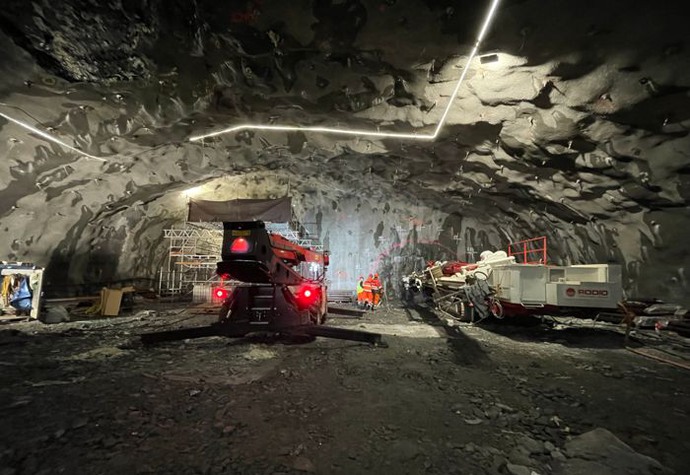
“We have an exciting period ahead of us. It is a very challenging and unique passage for the expansion of the metro,” says Peter Leiner, Project Manager.
The common method for blasting through the rock is to first seal the cracks in the rock with a cement mixture, a so-called pre-injection. This seals the rock and prevents too much water from leaking into the tunnel. This is followed by drilling and blasting the tunnel and finally reinforcing the rock.
But in one area in Mårtensdal, just to the north of Gullmarsplan, it won’t be as easy. Here the rail tunnels run through a so-called weakness zone, an area with a weaker rock type that makes the work significantly more complicated..
“The measurements we have taken show that theoretically there is around 2.1 metre rock above the tunnel roof but that is too little to construct as usual. And since the area lies at the end of the Stockholm ridge, the soil above the rock has high water transmission. This increases the risk of rock fall and of water entering the tunnel.
Unusual method
It has been known since long that the rock in the area is inferior, thus we have been able to develop and investigate different solutions..
“We looked at various alternative methods and found that the best alternative at this location is to freeze the rock.
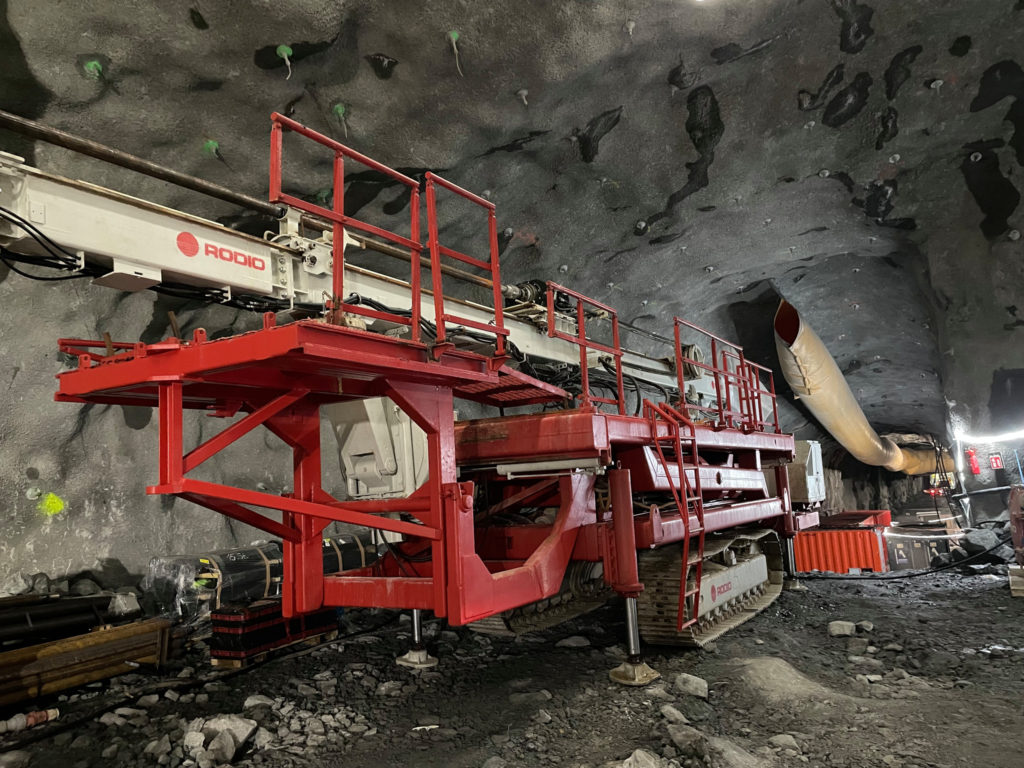
The method involves freezing the rock and the surrounding earth so as to prevent water leakage and ensure that the area holds up better while the blasting is in progress. The method is unusual but has been used on a few occasions in Sweden when it was needed for one reason or the other, such as Hallandsåsen and the construction of the metro between T-Centralen and Gamla stan.
Process of freezing a rock
Step 1: Boring cooling pipes
Before starting the work, a so-called drilling chamber is built, which is an extra large space that is blasted out to accommodate a special drilling rig and other drilling equipment.
The first step is to drill holes for about 40-metre-long pipes that go straight into the rock. The holes are drilled around what will be the tunnel opening.
“The actual drilling will start in March and will go on for about 50 days,” says Peter Leiner.
Step 2: Freezing
The next step is to fill the pipes with a circulating refrigerant in order to bring down the temperature of the soil and rock to at least -5°C. A cooling equipment keeps the liquid cold the entire time. The work of constructing the tunnel starts only after the right temperature is reached throughout the route and at least 2 m outside the tunnel contour.
“We estimate the freezing process alone to take about 120 days. During this period we cannot do much more than control the temperature.”
Step 3: Rock engineering and concrete lining
Then the actual construction phase can begin. The rock is then blasted out with extra small rounds of shots. The tunnel is temporarily reinforced with sprayed concrete in several steps.
After the rock has been blasted and reinforced with sprayed concrete, a permanent reinforcement is formed and cast, a so called concrete lining.
Throughout the construction, the rock is kept frozen. The cooling aggregate can be turned off only when the entire tunnel is blasted out and the concrete lining is in place.
“We perform a precise control over the thawing of the terrain and rock so as to not damage the surrounding or affect it adversely. The work of freezing the rock and building an about 40-metre-long passage is estimated to go on until the summer of 2024.
Facts: Freezing of rock at Mårtensdal
• The area through which the tunnels run consist of graphite.
• The entire route that is to be frozen down is 39 m long.
• The area is to be frozen down to at least -5°C before blasting the tunnel.
• It is estimated that it takes 50 days to drill holes for cooling pipes.
• It is estimated that from the time the cooling starts it takes 120 days before the entire area reaches -5°.
• The tunnel work is estimated to be completed by around June 2024.
Media
Write to: Emma Sahlman
Phone: 072-582 44 30
Do you have any questions?
Write to: SL customer service
Phone: 08-600 10 00
